European coins boast a rich history that dates back to the Roman Empire, when they served not only as currency but also as symbols of power and authority. Large-scale coin production, however, did not become widespread until the early medieval period, with the introduction of silver coins playing a pivotal role in shaping Europe’s economic system.
Today, European coins continue to captivate collectors and historians alike, with both ancient and modern examples commanding attention. Among the most sought-after are coins featuring minting errors—known as “mules”—and pattern coins, which are prototype designs never intended for public circulation. These rare pieces, often steeped in historical significance, have become highly valuable at auctions, with some fetching millions.
Below, we delve into eight of the rarest and most valuable European coins, exploring their unique stories, distinctive features, and estimated values.
1. French 20 Euro Cents Reverse Mule
This Article Includes [hide]
- 1 1. French 20 Euro Cents Reverse Mule
- 2 2. Vatican Euro Coin Mule with Two Reverses
- 3 3. 1270 French Louis IX Royal d’Or de Noyon
- 4 4. 1670 French Louis XIV 15 Sols
- 5 5. 1871 Spanish Amadeo I Gold Specimen 100 Pesetas
- 6 6. 1640 French Louis XIII 10 Louis d’Or
- 7 7. 1663 British Charles II Silver Pattern ‘Petition’ Crown
- 8 8. 1831 British William IV 5-Pound Coin
- Year: Unknown
- Country: France
- Estimated Value: $1,265
- Unique Feature: Both sides feature the reverse design, a minting error.
This coin is a classic example of a “mule,” resulting from the unintentional use of mismatched dies. Instead of an obverse and reverse side, both sides display the reverse design of a 20 Euro Cents coin. Such errors are rare due to stringent quality controls in modern minting processes, making these coins highly prized by collectors, according to the Love to Know website.
2. Vatican Euro Coin Mule with Two Reverses
- Year: Unknown
- Country: Vatican
- Estimated Value: $2,875
- Unique Feature: Features two reverse designs from different coins (20 cents and 50 cents).
This Vatican Euro mule showcases an unusual combination of reverse designs, making it a standout minting error. With its rarity heightened by the Vatican’s limited coin production, this piece is a gem for numismatists.
3. 1270 French Louis IX Royal d’Or de Noyon
- Year: 1270
- Country: France
- Estimated Value: $60,000
- Unique Feature: Crown of thorns design; only six known specimens.
This medieval coin features a distinctive crown of thorns motif, tied to Saint Louis IX. With only six known examples in existence, its historical and religious significance makes it a prized artefact, according to CoinValueLookup.
4. 1670 French Louis XIV 15 Sols
- Year: 1670
- Country: France
- Estimated Value: $132,000
- Unique Feature: Minted for France’s New World colonies; few surviving specimens.
Produced under King Louis XIV for use in colonial trade, most of these coins were melted down, leaving very few intact. The remaining examples offer a rare glimpse into France’s colonial ambitions.
5. 1871 Spanish Amadeo I Gold Specimen 100 Pesetas
- Year: 1871
- Country: Spain
- Estimated Value: $240,000
- Unique Feature: Limited production during King Amadeo I’s brief reign.
Minted during the short and turbulent reign of King Amadeo I, this gold coin reflects a period of political instability in Spain. Its limited production and historical significance make it a sought-after collector’s piece.
6. 1640 French Louis XIII 10 Louis d’Or
- Year: 1640
- Country: France
- Estimated Value: $456,000
- Unique Feature: Largest denomination in France; extremely rare.
Weighing nearly 67 grams and measuring 44 millimetres in diameter, this coin is an impressive relic from the reign of Louis XIII. Its size, rarity, and historical context have elevated it to masterpiece status in French numismatics.
7. 1663 British Charles II Silver Pattern ‘Petition’ Crown
- Year: 1663
- Country: United Kingdom
- Estimated Value: $960,000
- Unique Feature: Crafted by Thomas Simon; fewer than 20 known examples.
The “Petition Crown” is a masterpiece of 17th-century engraving, created by Thomas Simon as a demonstration of his craftsmanship. Its intricate design and limited production make it one of the most celebrated coins in British numismatic history.
8. 1831 British William IV 5-Pound Coin
- Year: 1831
- Country: United Kingdom
- Estimated Value: $1.148 million
- Unique Feature: Exceptional engraving and extreme rarity.
Engraved by William Wyon, this coin is a standout example of artistic excellence. With only six to ten known specimens, it has become one of the most valuable and coveted coins in British history.
These coins represent more than just monetary value—they are windows into the past, offering a glimpse into the artistry, politics, and economies of their time. From medieval masterpieces to modern-day minting errors, their stories continue to inspire awe and admiration in the world of numismatics.

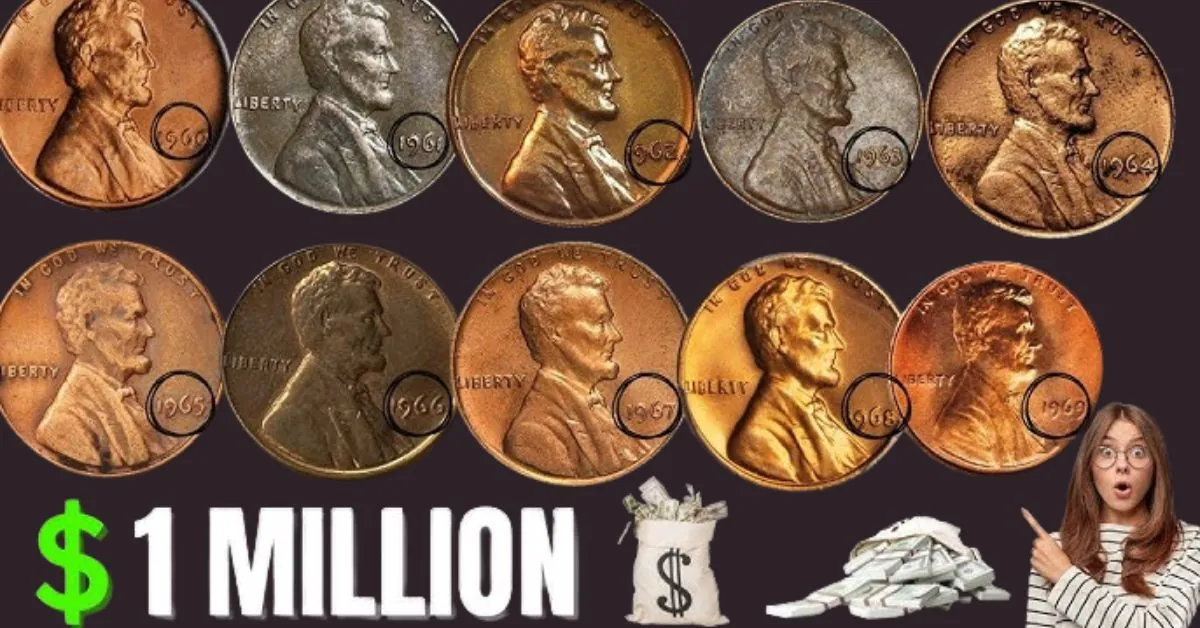
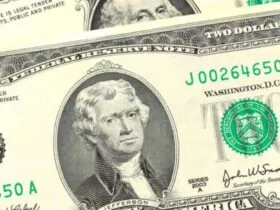
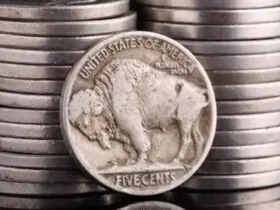
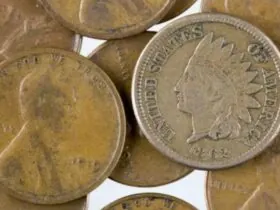

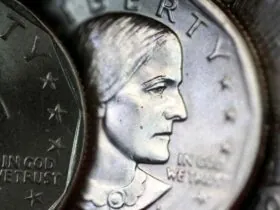
Leave a Reply